Prevent the Summer Slide with 40 Powerful Engagement Ideas
A major driving force of schools that adopt a year-round calendar is to prevent the Summer slide. The backward step students take in their learning during the long stretch off is measurable and detrimental every year. As teachers, we notice a loss even after the two weeks of Winter Break. Imagine what must happen after the 8-12 weeks of summer.
Yet, learning over the summer does not need to be drudgery or look like traditional classroom activities. Instead, teachers can partner with parents to prevent the summer slide. By suggesting activities and ideas for children of all ages over the long summer days, children’s brains will stay active and engaged.
Before we begin, I must let you know that I am an Amazon Affiliate and that this post does feature links to Amazon items. As an affiliate, I would earn a small commission should you choose to purchase anything. Thank you!
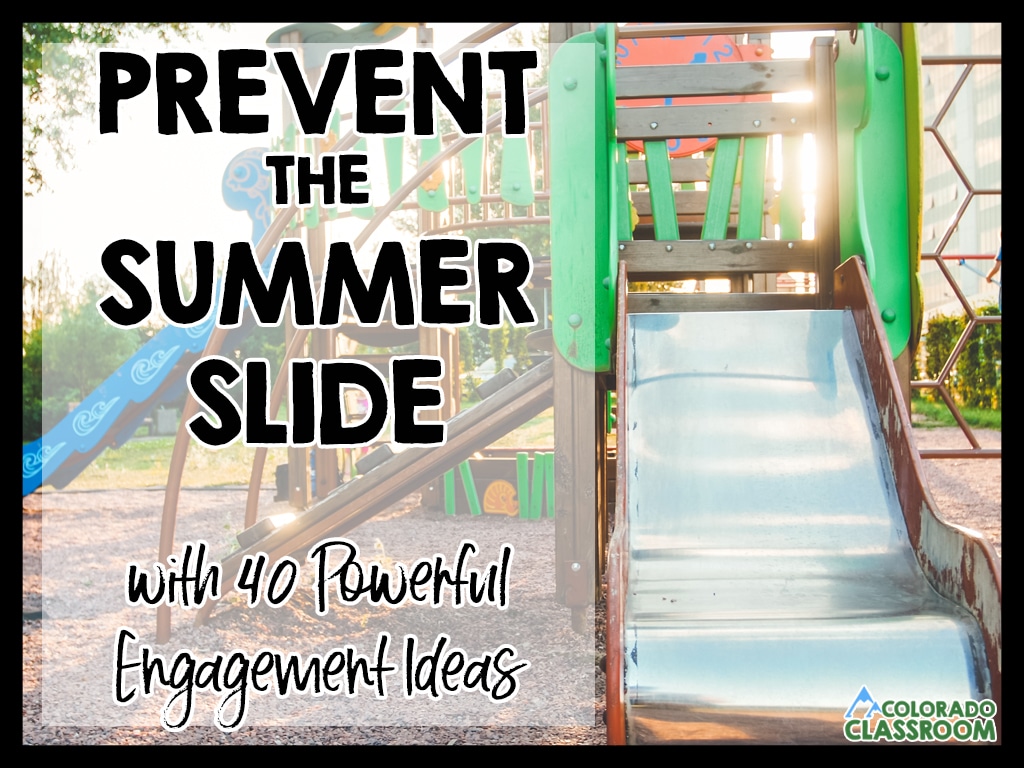
As teachers, we know the most critical and important academic areas are reading (language arts) and math (STEM). So encourage strengthening these academic skills with these great prevent the summer slide activities.
Language Arts/Reading Ideas for Engagement
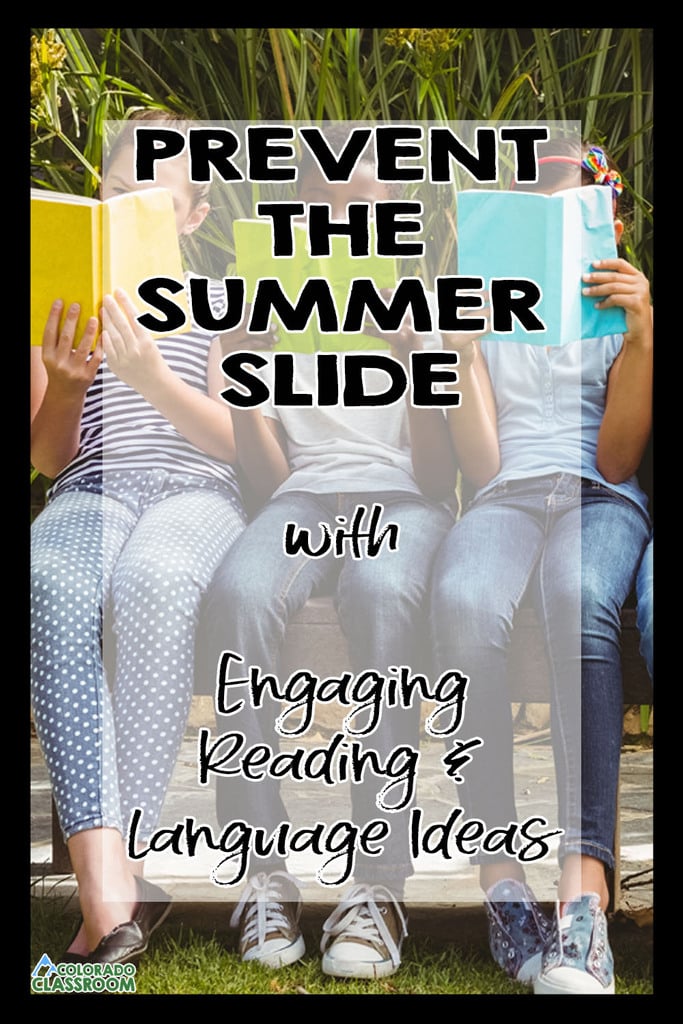
- Read, read, and read some more. Set aside quiet time for individual reading. Encourage your child to read to you. Read aloud as a family.
- Place books everywhere! Especially make sure there is a stash in the car. Children can read while parents drive. This pile can also be used when waiting for appointments, rain showers to pass, or in line at the store.
- Check out books on CDs from the library and listen to them in the car as you drive to and from activities. Or download books on your Kindle App or other book app and play them through your car stereo that way. We found that even our youngest joined in on discussions or participated in acting out classic stories when we did this.
- Grab some MadLibs, which are also great for the car, and work on parts of speech. You’ll all have a hilarious time telling wacky stories, and your kids won’t even realize that they’re practicing vocabulary while you do it.
- Attend programs at local bookstores, public libraries, etc.
- Use play dough, sidewalk chalk, sand, etc., to write letters, numbers, etc. For older kids, have them work on spelling challenging words or homonyms.
- At the park, see how many different verbs you can use to describe the activities the children perform.
- Before traveling, read some information about the place – fun facts, stories, famous people who lived there, etc. You can even let children choose one place they want to visit on your trip.
- Buy a special notebook and encourage kids to write in them. It can be stories of their choice, events of the day, hopes and dreams, retelling their favorite story or movie, or anything that keeps them interested in writing.
- While driving in the car or sitting at the dinner table, create stories together as a family. One person starts the story, and each person adds on a little piece.
- Have older students start a blog or podcast to review books read, movies watched, or games played. Blogs can be started for free on Blogger, and Anchor by Spotify is a great way to learn podcasting in the simplest way possible. With either medium, students will learn about the production of these communication forms. They will also work on vocabulary, spelling, diction, writing structure, goal setting, and so much more.
Powerful Prevention Ideas for Math/STEM
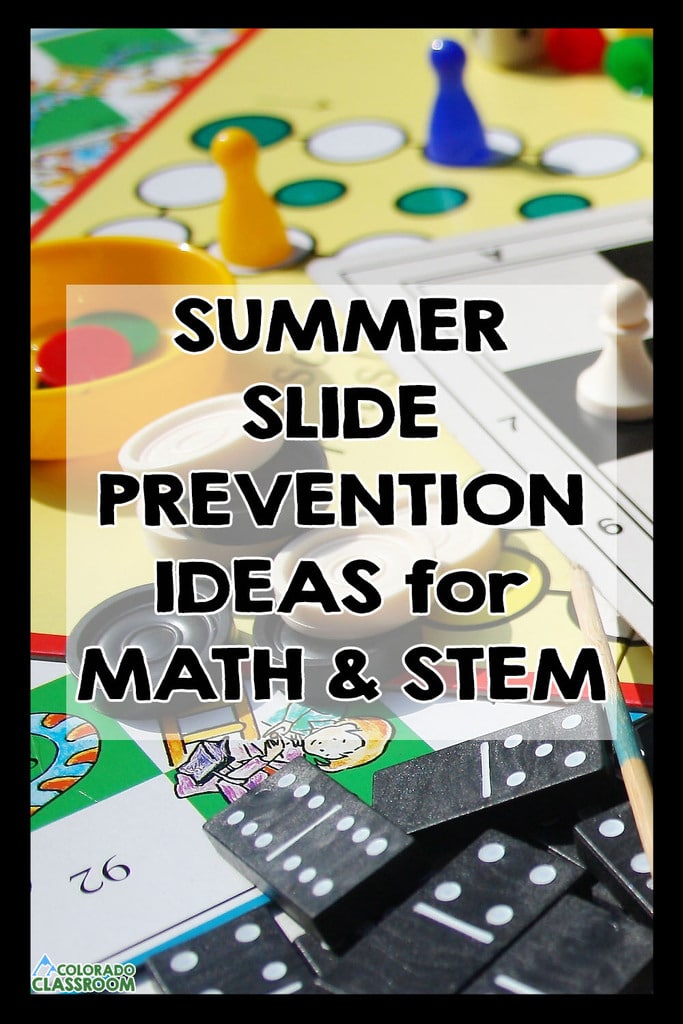
- Play games such as Yahtzee, Phase 10, Dominoes, Set, etc., where students have to add dice, domino tiles, points, etc.
- Also, play games like Payday, Life, Monopoly, and others where there is a banker. Make sure the child is the banker so they can practice money skills.
- Have a contest with numbers. Choose a number like 24 and see who can find the most ways to make that number (12+12; 10+10+4; 10×3-6). Another variation is giving a child three, four, or five numbers and finding a way to reach a given total. For instance, if you were to give them 1, 2, 4, and 4 and ask them to reach 24, they may give you back (4+2)x4x1. Once they have given you one way, see if they can find a different way.
- Let children set up a pretend store. You can usually find fake money at the dollar store. Take turns being the cashier and making change.
- On road trips, figure out the total number of miles, then periodically subtract the number of miles traveled to determine how many are left. For older students, you can also have them figure out the gas mileage by giving them the miles traveled and the gallons it takes you to fill up at the gas station.
- When shopping, have kids add up the money you’re spending as you add things to the cart. They can also look at the price for one item and figure out how much it would cost to buy 3. Or they can weigh produce and figure out how much the amount will cost. Older students could figure out the final bill based on tax rates for sugary goods, ready-to-eat items, etc.
- Pick up a book like Edible Science Experiments and make some together.
- Have kids help you cook by measuring ingredients, doubling ingredients or halving ingredients for changed batches, adjusting cooking times, etc.
- Give kids a bag of odds and ends such as a straw, a rubber band, a roll of tape, three building bricks, a length of string, a pipe cleaner, and 2 feet of aluminum foil, and see what they can construct.
- Let your child set up a Lemonade or Cookie Stand if allowed in your community. Have them create the product, manage the money, make the change, and donate the earnings to a great cause.
- Grab a book like Awesome Outdoor Science Experiments for Kids and have students pick one experiment per week to complete.
Prevent the Summer Slide with Excursions
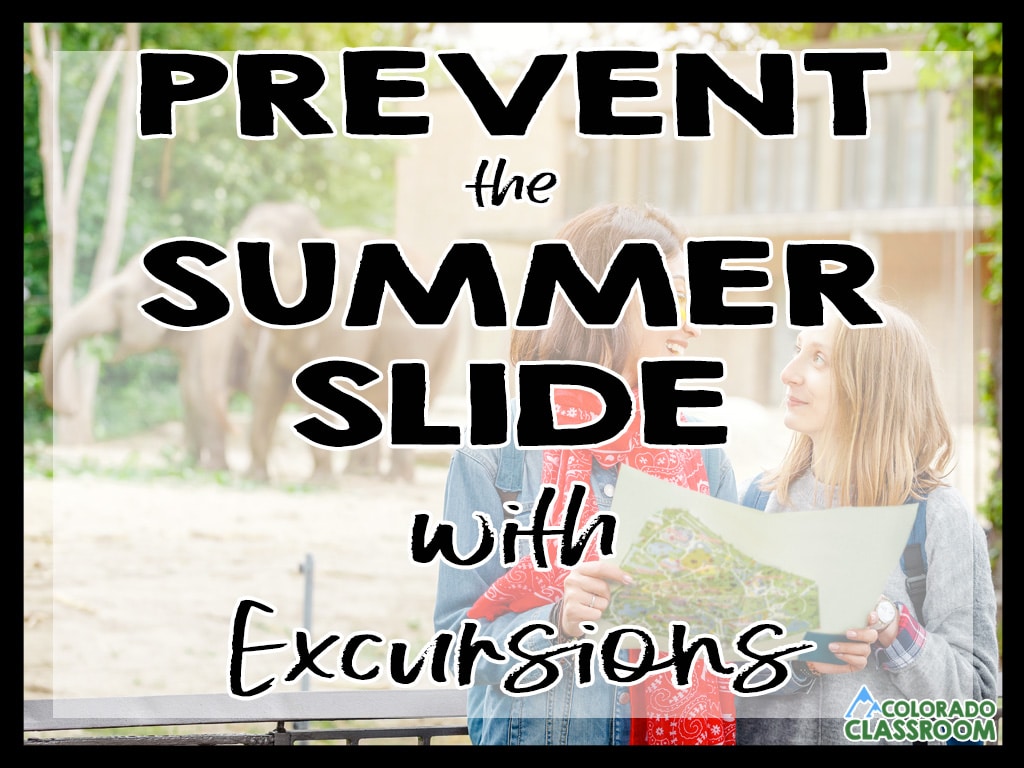
- Visit museums and historical sites. Take turns reading the signs. Together, discuss your favorite displays or the information learned. Compare and contrast exhibits. Ask open-ended questions like, “If you were going to create a museum exhibit, what topic might you choose? What would it look like? Would people be able to touch the items or only look at them?” Have kids build a museum diorama after they get home. Note: The key to keeping museum trips fun is leaving before kids get bored. You don’t have to see everything or read all the information. Go with their interests.
- Visit zoos or aquariums. Many of the techniques used in visiting a museum can be used at a zoo or aquarium as well. Talk about the locations the animals are found from around the globe. Compare and contrast the habitats. Discuss their diets, skins and coatings, their origination, and how they all work together.
- Visit libraries and check out those books you’re going to stash around the house and in the car.
- Tour factories & facilities. Learn how things are made, work, and get processed. Ask questions and build knowledge of how the world works. This is also a great way to get ideas for future occupations.
- Teach kids how to read maps. Whether it’s a road map of your journey, a trail map of your hike, or a map of a building or historical feature, show kids how to find the legend, scale, compass, important features, and more. Have them locate places or items, navigate to certain locations, and calculate distance. They can also make maps of their bedrooms, backyards, local parks, and more.
Problem Solving and Leadership Skills Build Character
Although the most critical and important areas to prevent the summer slide are reading and math, the character of the student and their ability to problem solve is a very close second. With that in mind, encourage building character and problem-solving skills through the following activities.
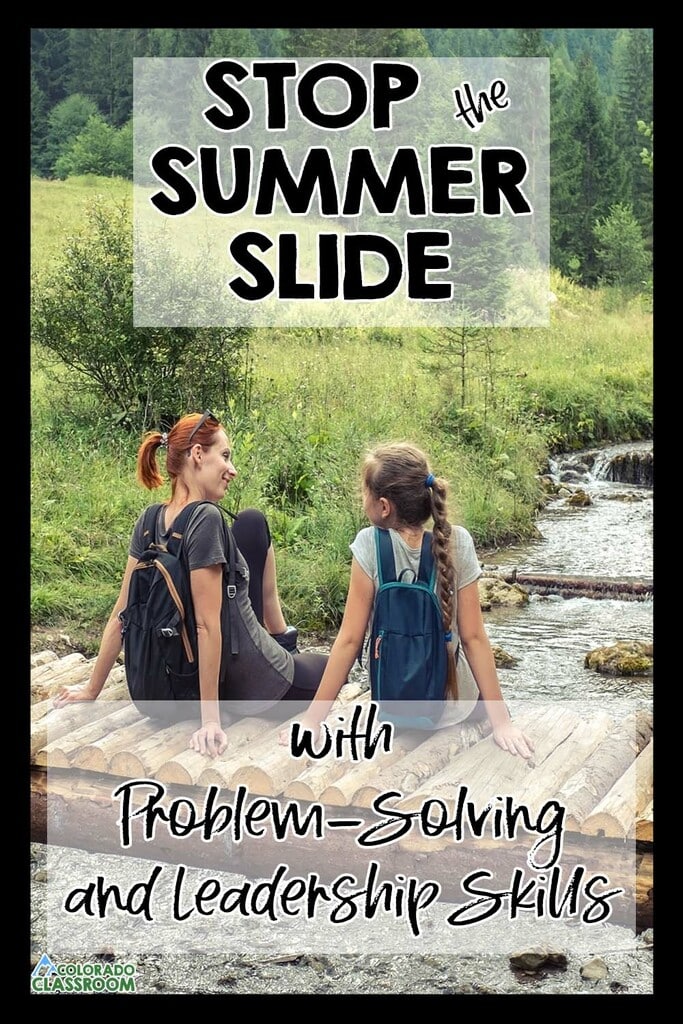
- Buy a new game and have the child read the instructions and explain how to play to the rest of the family or group.
- Check out some “how-to” books or blog posts and choose a project. Have the child make a list of the supplies, tools, etc., needed. They can even make a list of projected expenses. Then depending on their age and ability and the scope of the project, have them complete the project. You can always build it together, too.
- Find a place to volunteer at once a week, such as a humane society or animal shelter, food pantry, or historical society.
- When going into a new environment (waterpark, hotel/camping, hike, skill camp, etc.), instead of rattling off a list of rules, ask the child what might be important for safety, quality, and fun. Then have them determine the rules, only adding in the critical items they missed.
- Whatever routines already exist in your home, see if there are ways to hand more responsibility over to your pre-teens. If you usually make chore lists, ask them to do it and then just double-check it. Put them in charge of remembering when the trash goes out, doing the laundry, updating the family calendar, packing a bag for a day at the park, or making a picnic lunch.
- Play games that strengthen reasoning and life skills, such as Rush Hour, Chess, Checkers, Clue, Guess Who, and Sudoku, just to name a few.
- Have the child work on goal setting by choosing a reasonable weekly goal and a monthly or summer goal. Set up a tracking system to monitor progress and reward their success.
- Periodically set daily goals as well. Encourage family togetherness with goals such as, “If we can clean up the toys by 11, with positive attitudes, we can go to the pool this afternoon.
- Work on memory and ability to follow directions by giving kids 2-step directions to follow and then 3 steps and then four, and so on. For instance, you might say, “Go to the bedroom and look in the nightstand.” Then the next time, say, “Go to the kitchen, open the third drawer, and get the yellow cup.” Then the next time, it may be, “Go to the guest room, open the closet, find the black suit, check the inside coat pocket.” Slowly build the child’s ability to handle more and more directions.
- Have the child cook over the summer and learn how to follow recipes. This is especially great if you live in high altitudes and those pesky high altitude adjustments need to be followed.
- Allow children to create a game, including instructions, and then play as a family.
- Give children instructions to accomplish a task. Whoever does their job completely, with quality, (not the fastest) gets ” X” number of minutes to do an activity of his/her/their choice.
- Point out positive, negative, and neutral consequences to decisions and actions as they come up. Use these as teachable moments without lecturing, and allow choices when possible. A person returned a lost dog; he didn’t get a money reward but felt good because he helped reunite a child and his best friend. We have been eating really healthy at home, so if you would like, you may choose a dessert tonight. Our neighbor left his bike in his front yard overnight, and someone stole it.
Most of all, encourage parents to prevent the summer slide by keeping children engaged throughout the summer. Whether it is with camps, sports, one of these great ideas, or something else, getting kids off the couch and using their brains is imperative to prevent the summer slide and keep kids on grade level or beyond as the next school year approaches.
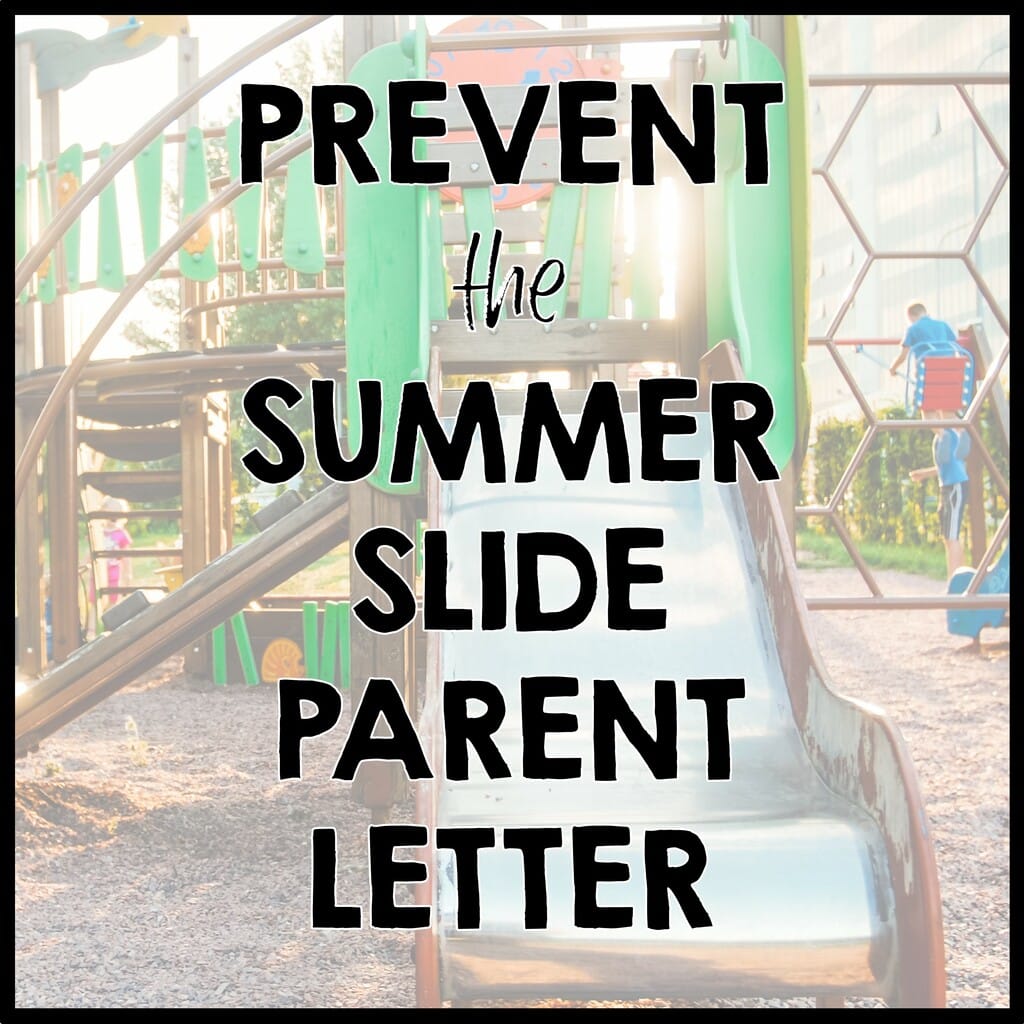
If you’d like to help encourage the parents in your class to prevent the summer slide, use this letter to do just that. It takes several of these ideas and lists them out for parents in a friendly and mindful way to encourage a partnership for the betterment of their child and then encourages them to come here to read the rest. Just download it here, and edit it as needed before sending it home at the end of the school year.
For quick and easy access to all of the items mentioned in this post, visit this Prevent the Summer Slide Idea List on Amazon.
This post was written in conjunction with Cheryl Lyn Sandbakken, a former 5th-grade teacher with 15 years of teaching experience and a great friend and colleague.


Pingback: End of Year Activities Upper Elementary - The Colorado Classroom